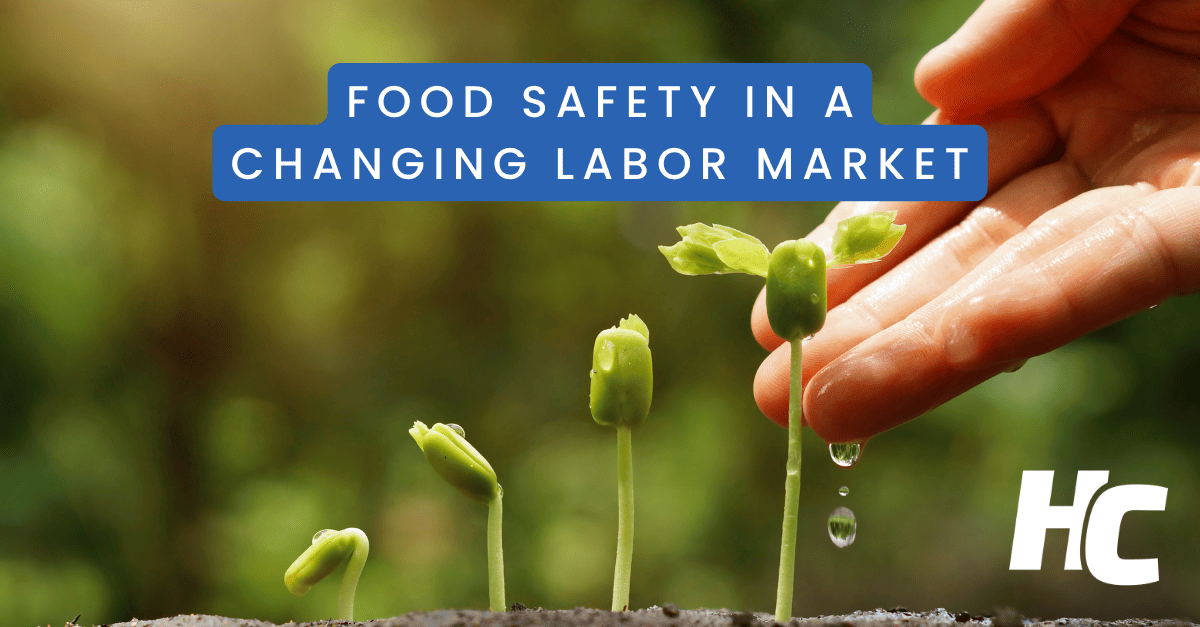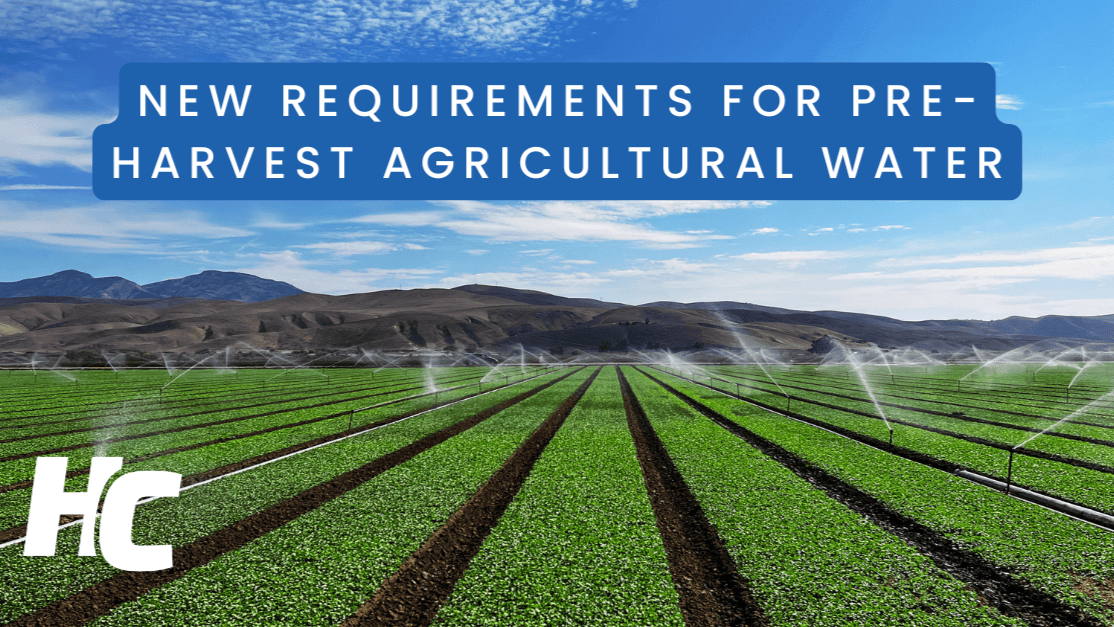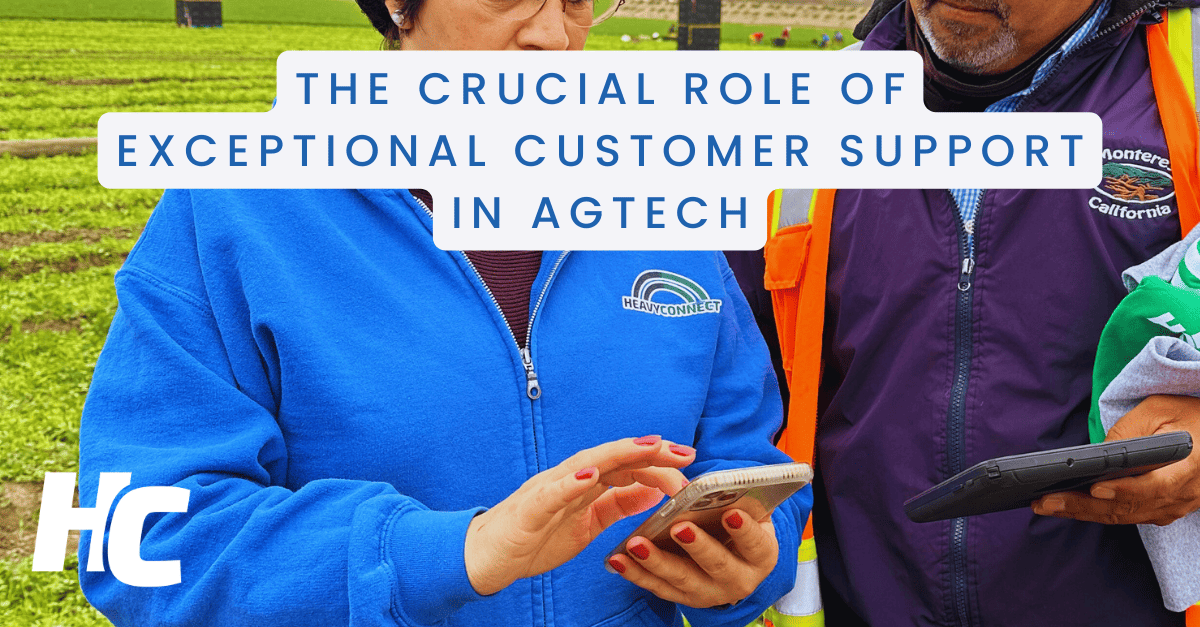The rise of autonomous labor in the specialty produce industry has become a prominent topic of discussion. If the economic advantages of autonomous labor continue on their current trajectory, we can anticipate a significant shift toward automation in tasks that have traditionally relied on manual labor. I found Koji Hasegawa's article provides further clarity on the factors driving adoption of autonomous labor in the industry.
While there are numerous perspectives to consider regarding autonomous labor, I'm curious to explore its potential impact on the topic of food safety, a crucial concern for the general public yet often overlooked aspect of the industry.
First, the reduction in human involvement is a notable change. With fewer human touchpoints in labor-intensive tasks such as harvesting, pruning, and weeding, the risk of issues like cross-contamination due to poor worker hygiene diminishes. Furthermore, physical hazards introduced by humans, such as hair clips, fabrics, and metals, which can inadvertently find their way into food, will become less prevalent.
Second, the increased reliance on mechanical labor in an autonomous future raises concerns about potential risks such as oil and lubricant contamination or machinery-related hazards. While these risks can be mitigated through proper maintenance and protocols, vigilance will be crucial as automation becomes more widespread.
Third, during the transition phase towards a hybrid autonomous and human labor model, what I will refer to as the "messy middle," challenges may arise as best practices are still being established. This period demands careful attention to ensure that food safety standards are maintained during the integration of autonomous labor.
Furthermore, irrespective of the degree of automation, the role of trained food safety professionals will remain paramount. These professionals possess a comprehensive understanding of farming and facility operations, enabling them to develop processes and procedures essential for ensuring food safety in a changing landscape.
While the future of autonomous labor holds promise for enhancing food safety, continuous vigilance and analytical thinking will be necessary to uphold the industry's high standards. By remaining proactive and adaptive, the agricultural community can ensure the integrity of our food supply.
Rise of the machines: What will drive adoption of robotics and automation in specialty crops?
By Kes Harper, Project Manager at HeavyConnect.




